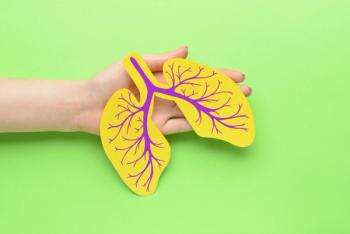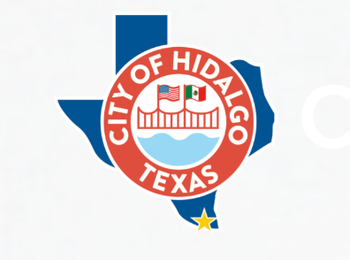
Cost Effectiveness Analysis of Biomarkers for Guiding Asthma Treatment in Children
Using biomarkers for tailoring asthma treatment can reduce the frequency of asthma exacerbations. Some recent results suggest that eosinophil-guided asthma management is associated with lower annual costs than FeNO-guided management.
Current
Although various methods exist to conduct this assessment, noninvasive procedures tend to be more feasible in pediatric patients. Biomarkers that can be measured using non-invasive methods include eosinophil count in induced sputum and fractional exhaled nitric oxide (FeNO).
Using either biomarker for tailoring asthma treatment has proven to reduce the frequency of asthma exacerbations. However, it is unclear how the use of these two biomarkers compares in terms of costs and benefits.
A Colombian study published in June 2022 in
The interventions assessed included adjustment of asthma treatment, such as increased or decreased dosage of inhaled corticosteroids, based on sputum eosinophils or FeNO. The estimated costs were obtained from medical invoices and electronic medical records for the children enrolled.
The researchers found that eosinophil-guided asthma management was associated with lower annual costs compared with FeNO-guided management ($1,376 versus $1,934). Eosinophil-guided treatment management also came out ahead in QALYs gained per person versus FeNO (0.95 versus 0.94). The net monetary benefit of using eosinophil counts was $4,902, and for FeNO, it was $4,841.
Based on the aggregation of results from this study and one with similar results previously conducted in adults with asthma, the authors conclude that the use of eosinophil-guided asthma management is more cost-effective than FeNO-guided treatment management in Colombia.
Limitations of this study include retrospective data collection and little change in healthcare prices over the past decade in Colombia. Despite these and other limitations, the authors suggest that results from this study can be used by clinicians and decision-makers to affect clinical practice guidelines in low-resource settings. They recommend that the study is replicated in other clinical settings.
Newsletter
Get the latest industry news, event updates, and more from Managed healthcare Executive.



















































